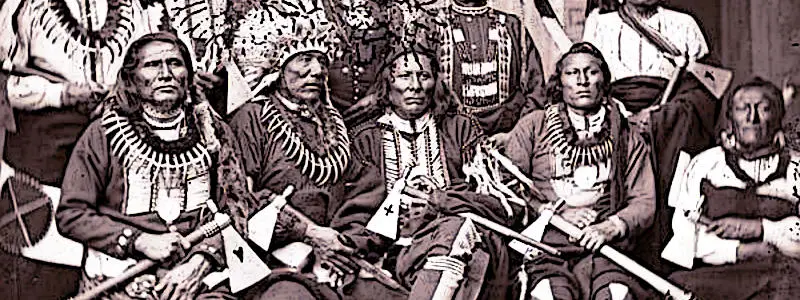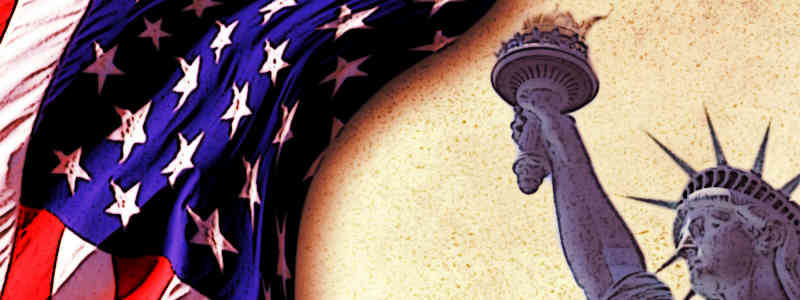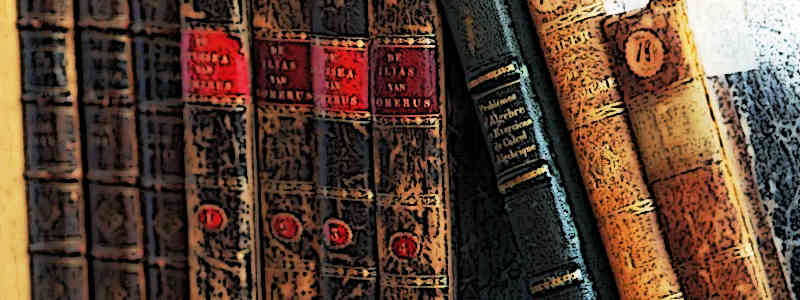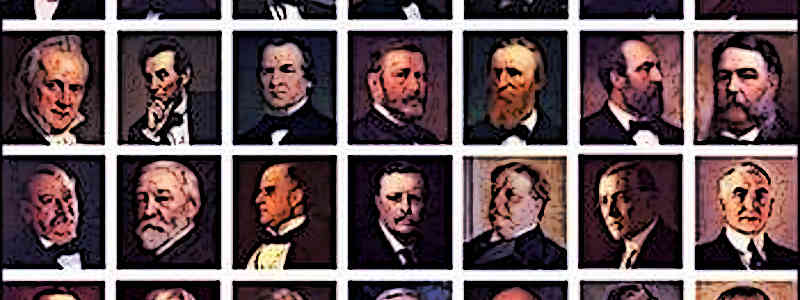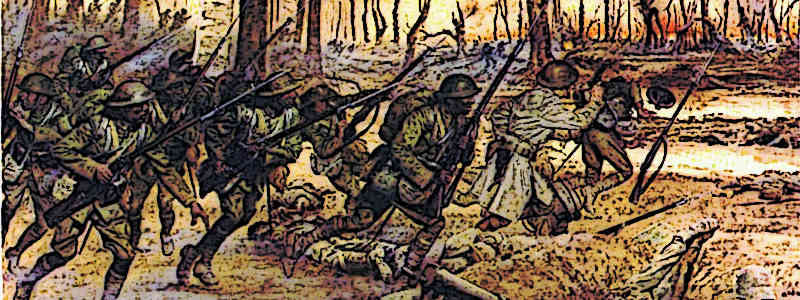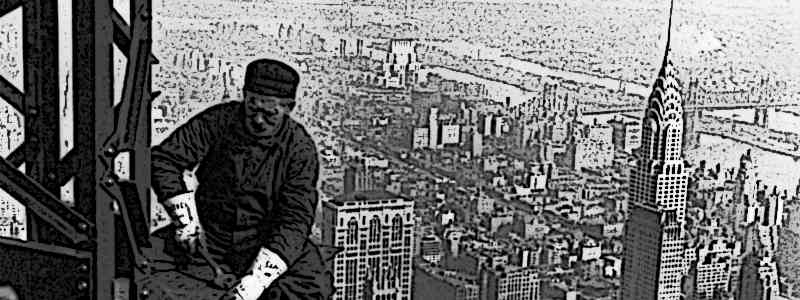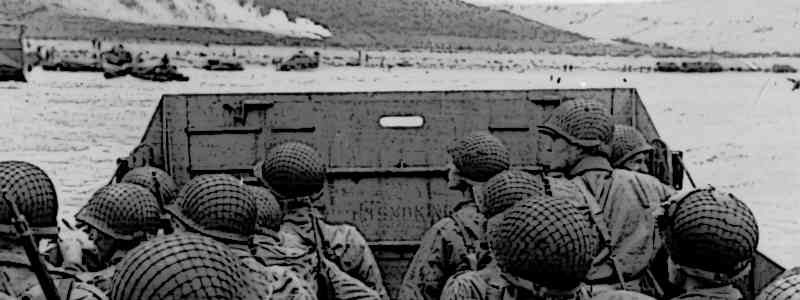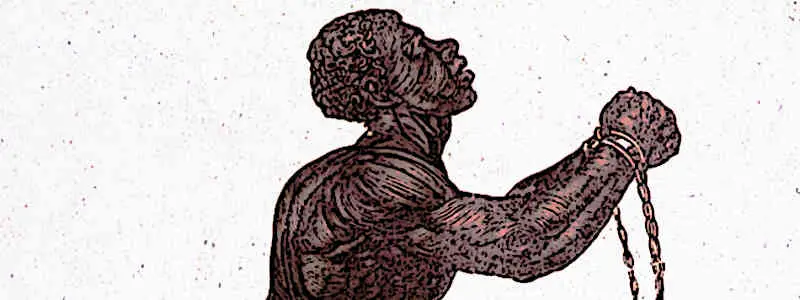Founding Fathers of America
Founding Fathers George Washington, Thomas Jefferson United Americans
Read more >>Native America
Apache and Cherokee Native American tribes were the Indigenous people of America
Read more >>American History Timeline: Complete Chronological Guide
Historical events and dates *1500 - 1900 Read more >>
American Revolution
War of Independence' was fought between the 13 colonies and Britain Read more >>
American Civil War
The American Civil War was fought between northern and southern states of the USA Read more >>
American Presidents: Complete List & Biographies
George Washington, the First President of the United States was a famous military leader Read more >>
American Flag History & Symbolism
The first American flag was created during the American Revolutionary War
Read more >>19th Century America
19th century America expanded at a rapid rate and became a Super Power! Read more >>
World War 2 – WW2 – 1939
America had a leading Role in WW2 - the largest military conflict in history Read more >>
Famous American Buildings
The USA is home to a number of Iconic buildings recognized the world over
Read more >>American Celebrations and Holidays
American celebrations history - Independence day and Thanks-Giving Read more >>
African American History in the United States
Many African Americans are descendants of Africans brought to the US as slaves Read more >>
American Sports
Learn about the History of American popular Sports such as American Football, Baseball and Nascar Racing. Read more >>
History of TV, Film & Entertainment
Learn about the history of TV, Video and Entertainment
Read more >>The United States came into being on July 4, 1776.
However, the actual history of the nation stretches back for many centuries way before it was discovered by Christopher Columbus and before any European Settlers. Following is a brief overview of the important aspects of American history.

Native Americans
Native Americans started arriving in modern-day United States around 15,000 years ago. They arrived in multiple waves and settled in different areas of North America. Because of this, they developed their own distinct cultures and languages, although they also shared many aspects of their cultures.

When the Europeans discovered the American continent in 1492, they soon began efforts to colonize it. This brought Europeans in contact with the Native Americans which drastically changed the lives of Native Americans.
In the ensuing warfare between the two sides and the diseases brought by the Europeans, large portions of Native American population perished.
American History and the European Colonies
Christopher Columbus journeyed west from Europe in a bid to travel to India via a new route. He stumbled upon the American continent, a land mass which was previously unknown to the Europeans. This was an important point in American history as with this discovery, European nations realized that they had a new land where they can expand their powers.

Different European nations such as the Spanish, French, Dutch and British began attempts to colonize the new continent. The Spanish were the first to begin colonization attempts while the British arrived later.
Jamestown and Virginia
The British made several attempts to establish a colony in North America. Their first success came with the success of the Jamestown settlement. This settlement was established in 1607. Although the settlement had to face a tough few years, it gradually began to export tobacco to England and grew prosperous.
In time, the Jamestown settlement blossomed into the Virginia Colony. The colony was initially owned by the Virginia Company but was eventually taken over by the British crown in 1624. The colony of Virginia also had the first representative government in North America.
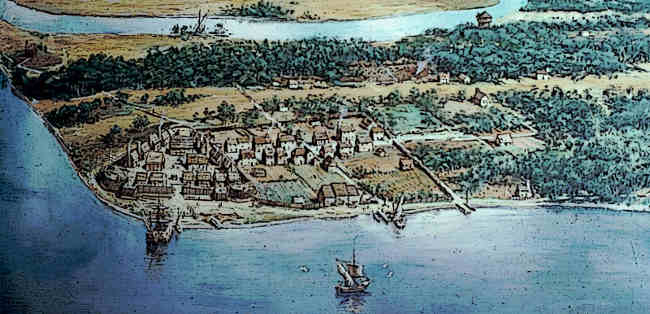
Pilgrim Fathers
In 1620, a group of Puritans arrived in North America. They had traveled to the new land to escape religious persecution and find the freedom to practice their beliefs. They came from Europe aboard the ship ‘Mayflower’ and landed at present-day Plymouth.
This group of Puritans established the Plymouth colony. More waves of Puritans arrived in North America and established other colonies. Many of these colonies expanded in size and became immensely successful and an important part of American history. The Puritans who first arrived and established colonies were later termed Pilgrim Fathers.

The Pilgrims arrive from Plymouth England on the Mayflower Ship
French and Indian War
The French and Indian War took place in 1754. In this war, British American colonies fought against the French colonies in North America. The war decisively shaped the future of North American – The French were defeated and their colonial influence in North America nearly came to an end.
British American colonies emerged victorious. The war cost the British crown a significant sum, so it decided to start levying taxes on the British colonists in America to pay these taxes. This angered the colonists who considered these taxes unfair. After protests, riots and refusal to implement many taxes, the relations between the British government and the American colonists grew bitter. This paved the path for the American Revolutionary War.
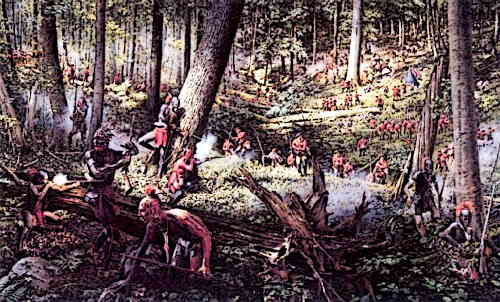
French Indian War American History Timelines
Boston Tea Party
By 1773, relations between the British government and American colonists were at their lowest. The British government made repeated attempts to implement taxes and subdue the colonists. The colonists, on the other hand, refused to pay taxes and resisted government measures.
As part of these measures, British government stipulated that only British East India Company was authorized to import tea to the colonies. In retaliation for this, when a Company ship arrived at Boston with nearly 300 chests of tea, colonists dressed as Indians visited the ship and threw all the tea chests into the sea. This famously became known as the Boston Tea Party.
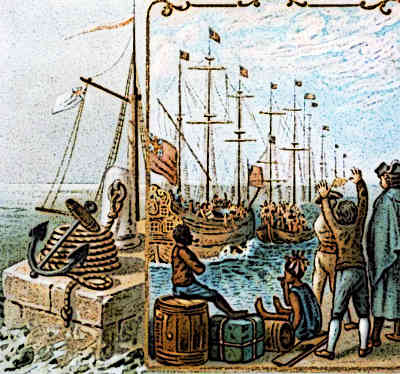
Boston Tea Party Tea Act 1773, Protests against the British Tea Act (Tax)
Continental Congress
American colonists demanded that there should be no taxation without representation. In other words, they meant that if British government wanted to tax them, it should also give them representation in the government. When the government refused, Americans came up with their own parliament – this was known as the Continental Congress.
The Congress included representatives from all the American colonies. The first Continental Congress met in 1774. It asked the King to come to terms with the Americans so that there would be peace. But the British crown refused to heed them.
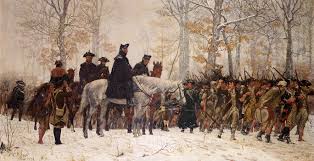
American Revolution
In 1775, British soldiers tried to seize a weapons cache of the American colonists. The colonists decided to resist them. Shots were fired during the incident and these marked the beginning of the American Revolution.
The British army initially had the upper hand – they were better organized with more weaponry and support from the British government.
But the American colonial army, which was called The Continental Army, quickly grew in size and experience. It was led by George Washington and aided significantly by the French and began to win the struggle against the British Armies. This was one of the most important events in American history.

American History – Declaration of Independence
As the American Revolutionary War was still going on, American colonists demanded complete freedom from British rule. The colonies or states adopted their own constitution. Then the Continental Congress adopted the famous Declaration of Independence on July 4, 1776. This proclamation effectively stated that the American colonies now considered themselves free of the British rule.

American Declaration of Independence 1776 Document
Birth of USA
The Declaration of Independence marked the birth of the nation. Then the Revolutionary War also began to turn in the favor of Americans. By 1783, the British were exhausted and defeated. They accepted a peace agreement and the United States was recognized as an independent nation. The former British colonies had won their freedom and forged themselves into a separate nation.
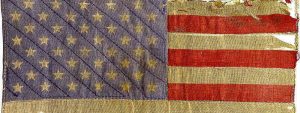
Founding Fathers
A number of individuals played a vital role in American history, securing the independence of United States and its victory over the British. These came to be known as the Founding Fathers. Notable Founding Fathers include George Washington, Benjamin Franklin, Thomas Jefferson, James Madison, Alexander Hamilton and John Jay.
Of these founding fathers , George Washington was the commander-in-chief of the Continental Army and the 1st President of the United States. Thomas Jefferson was among the main authors of the Declaration of Independence. Benjamin Franklin served as the U.S. ambassador to France and was known as a noted polymath.

Westward Expansion
Soon after gaining its independence, United States began to expand westward. The lands to the west of the Mississippi River were originally held by the Native American tribes. But as the new nation grew in size and population, it needed more resources such as land. So it expanded westward.

Louisiana Purchase
In 1803, American government made the Louisiana Purchase. In this purchase, a huge parcel of land known as the Louisiana Territory was purchased from the French Emperor Napoleon Bonaparte. This land was purchased for $15 million and it immediately doubled the size of the United States and is an important milestone in American history. It also opened the door for American Westward Expansion. The expansion would not stop until United States reached all the way to the Pacific Coast.
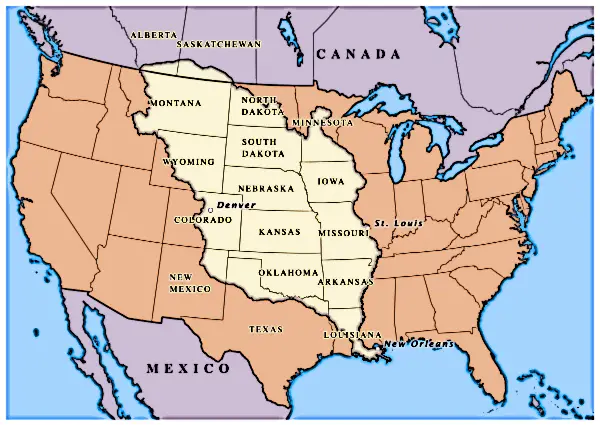
Wars with Native Americans
As United States expanded westwards, it came into conflict with the Native Americans who had been living in these lands for centuries. The Native Americans resented the white settlers who arrived in their territories, took over their lands, killed the animals so much that none were left, and disrupted their lives.
So many Indian tribes fought back. These led to numerous wars between United States and the Native Indians. Notable wars in this regard include Cherokee-American wars, First and Second Seminole Wars, Dakota War, Colorado War, Red Cloud’s War, Black Hawk’s War, Black Hills War and the Great Sioux War. In the end, all the warring Native Indian tribes were subdued and forced to live at government-sanctioned reservation sites.

Slavery and Missouri Compromise
Slavery in North America began as early as the 15th century. Gradually, British colonies also started using slaves for labor. This was particularly true for the American colonies towards the south where large plantations, mostly of cotton, required a large amount of labor.
Slaves provided cheap labor and helped the plantation owners reap heavy profits. When United States came into being, it had several types of states – states which had slavery and supported it, states which had no slavery but didn’t exactly oppose it, and the states which had no slavery and also opposed it.
This divided the country into North and the South. The issue of slavery kept festering until it came to a head in 1860 and led to the American Civil War.
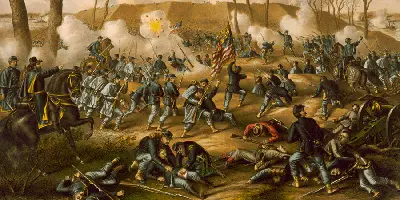
American Civil War
In 1860, anti-slavery candidate Abraham Lincoln was elected as the President. The southern states who supported slavery decided to secede from the Union. So they declared their independence and later formed their own confederation.
The Union states, or the North under President Abraham Lincoln, decided to resist them. This initiated the American Civil War. The War lasted from 1861 to 1865. Initially the Union forces suffered many defeats but the tide turned and the Confederate forces went on the back-foot.
In the end, the Union was able to win the war with its superior numbers, better weaponry and better organization. President Lincoln abolished slavery and the southern states once again became a part of the Union.
“If freedom of speech is taken away, then dumb and silent we may be led, like sheep to the slaughter.”
― George Washington
For a deeper understanding of the historical context that influenced early American development, you can explore the rich history of the Medieval period at Medieval Chronicles

